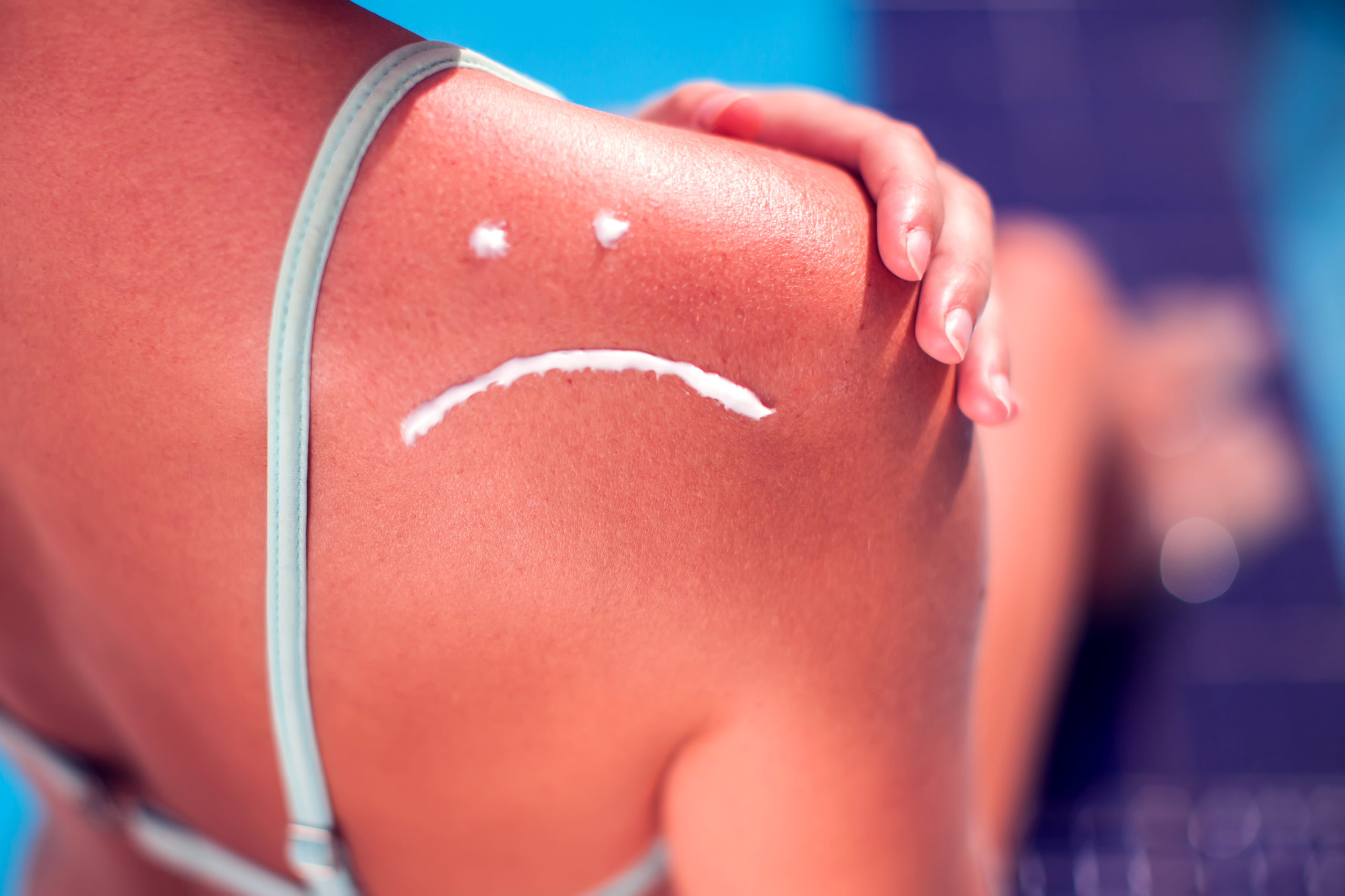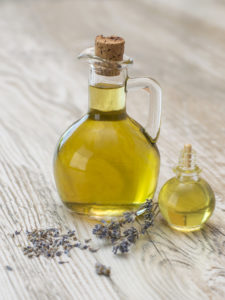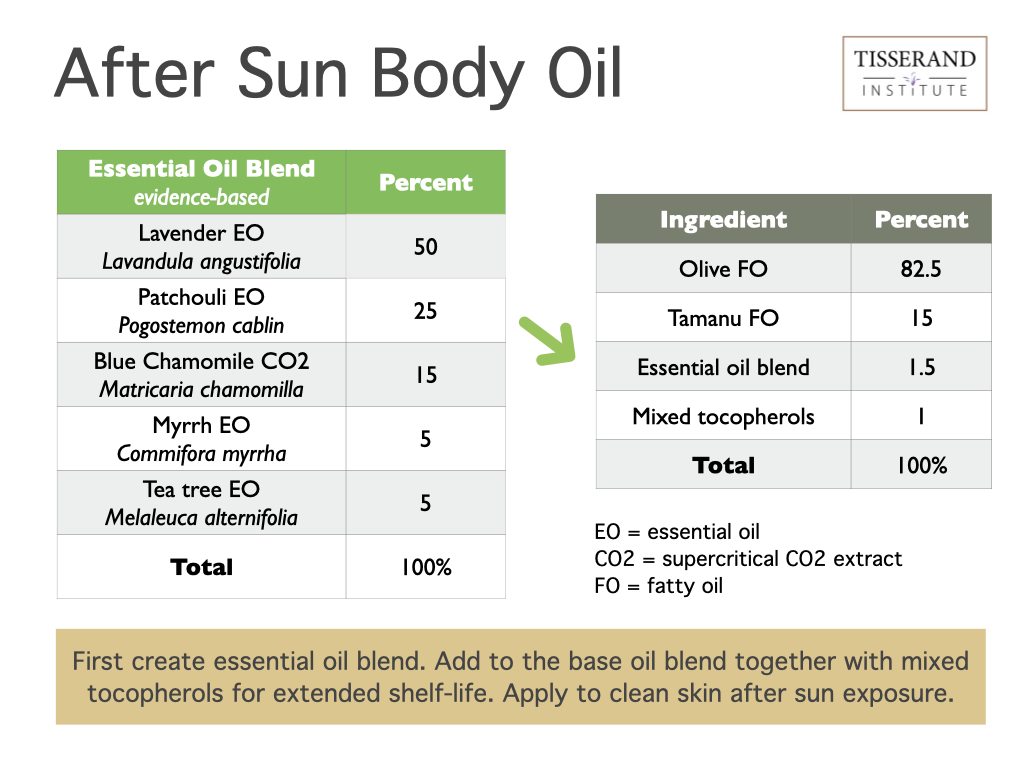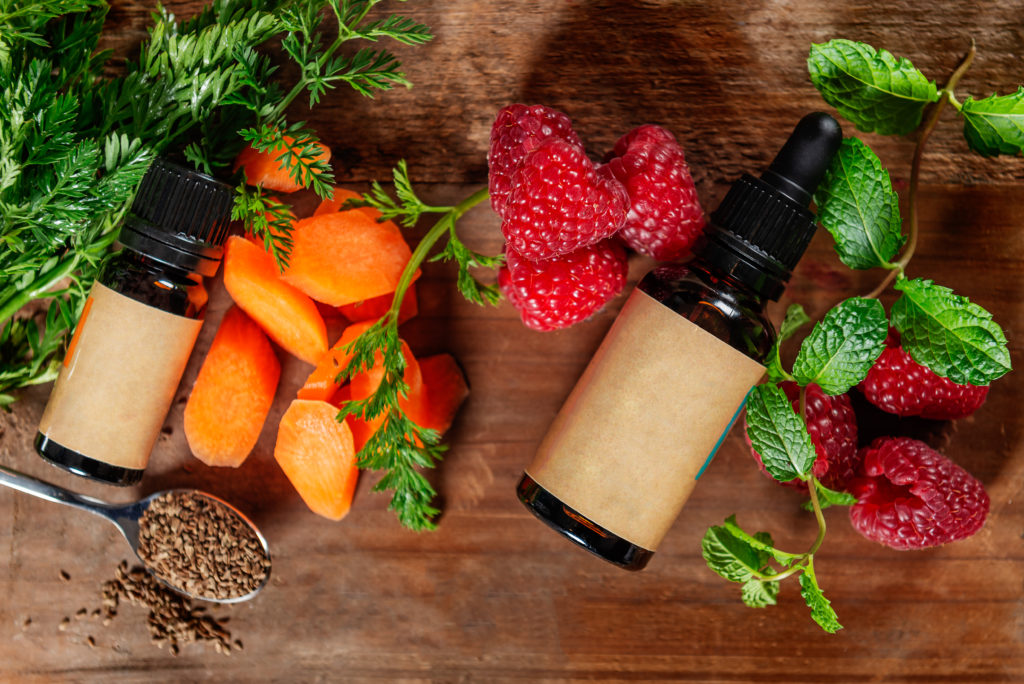The sunbathing season, or more precisely the time of increased sun radiation intensity, always brings the issue of protection. If you are inclined to use natural products, you may look for a solution that is not dependent on chemical filters, which are sometimes controversial ingredients in sunscreens. And so the question arises – is there any oil, fixed/vegetable or essential, that has an SPF factor, and that will help protect my skin from the sun? There are two fatty oils in particular, Raspberry seed and Carrot seed, that have gained a reputation for offering protection. So today we’re going to look at the claims behind these, and if there is a place for any kind of oil (essential or fatty) in protecting your skin from sun damage.
What is an SPF and how is it measured? (click on + for more info)
SPF stands for Sun Protection Factor and was established in 1973 to determine the intensity of direct sunlight needed to induce a burn on skin protected with a particular product vs. unprotected skin. An SPF is tested by applying a defined amount of the test sunscreen on the backs of untanned volunteers. The area is then exposed to ultraviolet (UV) radiation using a specific type of lamp, and the time is measured to determine when a minimal burn starts to occur. The SPF expresses the difference in those two times, so for example an SPF of 15 means it takes 150 minutes to burn protected skin vs 10 minutes for unprotected skin. Human volunteer testing is the only approved, standardized SPF test for commercially available sunscreen products.
Why do we need protection, anyway?
It is well established that extensive exposure to UV light causes sunburns in the short term, and contributes to skin aging and skin cancer in the long term (Moan et al 2015). In more scientific terms, prolonged unprotected sun exposure causes oxidative stress which leads to immediate or accumulative damage to your skin. It seems like a no-brainer that we would try to avoid both of these if possible. To be clear, UVB contributes more to immediate burning, and UVA to long term damage, but we now know that both wavelengths contribute to both problems.
 Assuming we do want to protect ourselves, we have a few options – chemical filters, physical filters, or total avoidance. Chemical filters absorb the UV spectrum through their chemical properties, while physical filters such as zinc oxide and titanium dioxide act as tiny mirrors on the surface of your skin, simply reflecting the light away.
Assuming we do want to protect ourselves, we have a few options – chemical filters, physical filters, or total avoidance. Chemical filters absorb the UV spectrum through their chemical properties, while physical filters such as zinc oxide and titanium dioxide act as tiny mirrors on the surface of your skin, simply reflecting the light away.
As I already mentioned, chemical filters have a bad reputation, more intensely so since an FDA report found some do enter the bloodstream, even though the levels were not high enough to cause the FDA to take action. The FDA is assessing the safety of these products, and this includes their view that currently, only zinc oxide and titanium dioxide are GRASE (generally recognized as safe and effective). However, it is emphasized that this does not mean we should no longer use sunscreen products that are proven to be effective. The known risks of sun exposure are far greater that the potential risks from chemical sunscreens.
Physical filters are often criticized for the unseemly white film they leave on your skin. And total avoidance means no fun in the sun, unless you are covered from head to toe. Some sun exposure is needed for the healthy production of vitamin D, however it’s important to also say that no link has been established between the use of sunscreens and vitamin D deficiency (Neale et al 2019). Sunscreen products are made that contain physical filters and that are clear on the skin, however making these generally requires a high level of expertise and access to specialized equipment.
So, it is quite understandable that those who wish to get the best of the two worlds – non-whitening and a non-harmful sunscreen – sometimes look to various fatty and essential oils for protection. However, some of the information out there is simply too good to be true.
Raspberry seed oil and its “incredible” SPF
In 2000, a ray of hope appeared when David Oomah and colleagues published their paper, “Characteristics of raspberry (Rubus ideas L.) seed oil”. Many have eagerly interpreted the findings of this research as asserting that Raspberry seed oil offers an SPF of 28-50. The natural cosmetics enthusiasts and bloggers who took this claim and ran with it have created what we will see is a dangerous myth that gets repeated every year.
As was explained above, to be a valid SPF, a clinical test – aka a test on human volunteers – has to be conducted. The Oomah et al study focuses on the level of optical transmission of light in a lab setting in which the oil was exposed to some UV radiation, but only UVB and UVC absorbance were measured. Two extrapolations are then made – one from UVB to UVA absorption, and another from the (apparently) similar physical property of titaniumdioxide to preparations of the sample oil.
In other words, this claim has not been put through the standardized SPF testing process, and even the authors don’t say anything about an established SPF for the oil. They simply state that the transmission/absorption properties were comparable to those of titanium dioxide sunscreens.
Another important complication is the oil that was used in this testing. Most commercially available Raspberry seed oil is produced either by cold-pressing, or via supercritical CO2 extraction. However, the sample used in this study was obtained using three cycles of hexane extraction. So even if the claim of SPF was verified in standardized testing, the Raspberry seed oil available to you would not be the same product. Would it be significantly different? We don’t know, but we should not be layering assumptions on assumptions here.
Since the potential risks of under-protecting your skin are significant, I would highly recommend not relying on Raspberry seed oil as a sole sunscreen, though it can be a nice addition to your after-sun care.
Carrot seed oil – does this one work?
Another often mentioned “natural sunscreen” is Carrot seed oil, with a purported SPF of 38-40. However this too is based on a flawed extrapolation – from a paper published by Kapoor and Saraf in 2009. The title itself hints at the issue of extrapolating the findings of this study to Carrot seed oil: “Efficacy Study of Sunscreens Containing Various Herbs for Protecting Skin from UVA and UVB Sunrays”.
The title reveals issue number one – the fact that the tested preparation included more ingredients as well as Carrot, and was already sold as a commercial sunscreen product. The evaluation, therefore, applies to the full product, not just one ingredient. A second issue is that the study mentions Carrot (Daucus carota) – the word “oil” is not used. We could reasonably assume that this refers to a carrot seed oil, as other types of carrot extract are not commonly used in cosmetics. But which Carrot seed oil are we talking about? Both an essential and fatty oil produced from Daucus carota are available and used in formulations. The study unfortunately does not specify what exactly was present in the tested sunscreen.
Yet again, the claim of high SPF for a single fatty (or essential) oil is not backed up by the evidence, and similarly to Raspberry seed oil, I would not rely on using any Carrot seed oil as a sunscreen. Unfortunately, both the claims have been repeated by many sources, and further recommended on social media channels, without appropriate safety cautions.
Other claims for fatty and essential oils
Aside from the two popular claims listed above, some more modest ones are made for both fatty oils (such as Olive oil with an SPF of 7) and essential oils (for example Lavender with an SPF of 5). These sound a bit more reasonable, so can they be relied on? Unfortunately not, as again they are based on in vitro evaluations, and not a human study.
These “SPFs” come from a study by Kaur and Saraf (2010). The authors set out to determine the potential SPFs of selected fatty and essential oils, as a basis for further investigation, quality analysis and product development. The method used was based on measuring the UV rays absorbed by the preparation, and the authors themselves state:
“There are many factors affecting the determination of SPF values, like the use of different solvents in which the sunscreens are dissolved; the combination and concentration of the sunscreens; the type of emulsion; the effects and interactions of vehicle components, such as esters, emollients and emulsifers used in the formulation; the interaction of the vehicle with the skin; the addition of other active ingredients; the pH system and the emulsion rheological properties, among other factors, which can increase or decrease UV absorption of each sunscreen.”
And so the findings of this study can be taken as a promising start, and possibly an inspiration for ingredients to add to your sunscreen – but not as a principal sunscreen.
Are essential oils not useful then?
Both essential and fatty oils can still be used in a sunscreen formulation, however a clinically verified sunscreen such as titanium dioxide should be included as well. Note that for a successful and efficient product you need to be able to ensure homogenous distribution of the sunscreen, so “whisking something together” is not the best idea. Or you can use one of the many approved sunscreens already available and be sure of the protection they provide. There are many organic options on the market, though they have to also contain an approved sunscreen, and they usually opt for a physical one.
Where essential oils can really shine is in your after-sun care, helping to offset the oxidative processes that happen when we are exposed to any amount of UV light. Below is an evidence-based formula devised by Robert Tisserand to provide great after sun care (and it smells marvelous!). You can also take advantage of other aromatic products – my personal favorite is Lavender hydrosol straight from the fridge to help if you do happen to get a little burned.
Conclusion
The risks associated with sunburn and unprotected sun exposure are high. Rather than trying to find the unicorn ingredient that would combine the best properties of chemical screens (high protection without white film) and physical ones (natural, doesn’t pass to the bloodstream or pollute water) through highly doubtful extrapolation, we perhaps need to make a compromise and use properly tested products. Essential oils as well as fatty oils have their place in keeping your skin healthy – but fending off harmful radiation is not one of them.

References
Kapoor S, Saraf S, 2009. Efficacy study of sunscreens containing various herbs for protecting skin from UVA and UVB sunrays. Pharmacognosy Magazine 4, 238-248 https://www.phcog.com/article.asp?issn=0973-1296;year=2009;volume=5;issue=19;spage=238;epage=248;aulast=
Kaur CD, Saraf S, 2010. In vitro sun protection factor determination of herbal oils used in cosmetics. Pharmacognosy Research 2, 22-25 http://www.ncbi.nlm.nih.gov/pmc/articles/PMC3140123/
Moan J, Grigalavicius M, Baturaite Z et al 2015. The relationship between UV exposure and incidence of skin cancer. Photodermatology Photoimmunology and Photomedicine, 31(1), 26–35. https://doi.org/10.1111/phpp.12139
Neale RE, Khan SR., Lucas RM et al 2019. The effect of sunscreen on vitamin D: a review. British Journal of Dermatology 181(5), 907-915 https://pubmed.ncbi.nlm.nih.gov/30945275
Oomah BD, Ladet S, Godfrey DV 2000. Characteristics of raspberry (Rubus idaeus L.) seed oil. Food Chemistry 69, 187-193 http://www.sciencedirect.com/science/article/pii/S0308814699002605



thank you! i found this very informative
Thank you so much for a superbly written, informative and wonderfullly obejective article. I feel so much better informed and your article gave me all the tools and a very positive way to approach this tricky subject with my clients and it;s of great use personally too. Thank you